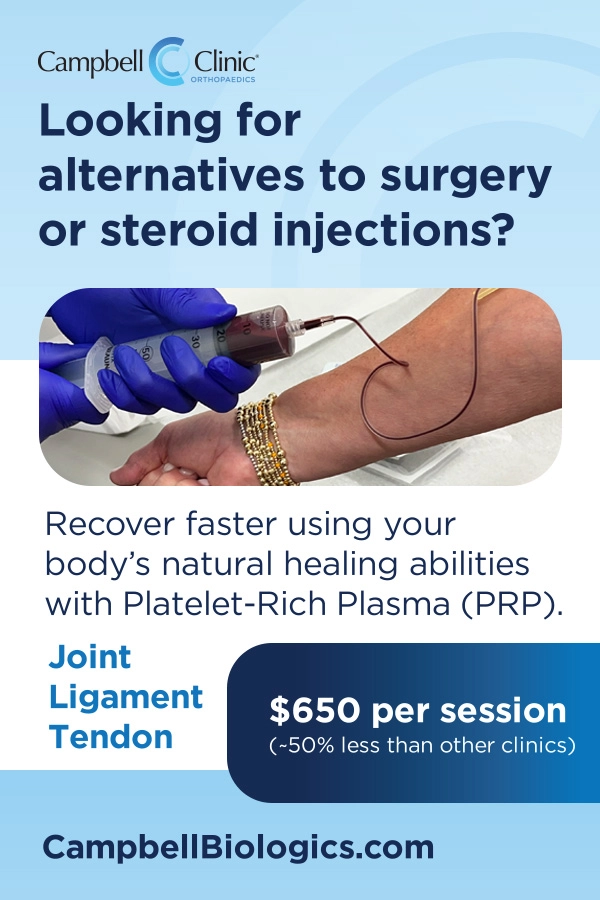For weeks, you’ve anticipated a night out at your favorite restaurant, but your kids look at you puzzled as you race down the stairs. You’ve accidentally paired a navy and black shoe. It’s probably just due to haste and hunger, so you quickly change and dash out the door. On the road, halos form around the headlights of oncoming cars, making it hard to see turns. At the restaurant, you squint at the menu and “trombone” it back and forth to bring the words into focus.
Why is this happening? Because eyes age too!
The leading causes of permanent vision loss often occur painlessly and over time. Some result from poor diet and health, while others are hereditary.
Non-Preventable Eye Conditions
Presbyopia is a condition that, over time, affects your ability to focus on objects up close. As you age, you lose the flexibility to focus your eyes, making tasks like reading and computer work increasingly difficult without an aid. Unfortunately, you can’t prevent this reality of aging; inevitably it’s going to affect most people over age 40.
Your eye care provider can provide treatment options, including contact lenses, prescription glasses, or over-the-counter readers to enhance vision and comfort.
Cataracts, which cause the lens of the eye to become cloudy, also naturally occur as you age. Comprehensive eye exams can detect cataracts, a leading cause of blindness. Signs and severity may include difficulty driving at night, struggling to read in dimly lit settings, and difficulty distinguishing between dark colors. Left untreated, patients gradually lose vision as the cataract grows. By age 65, over 90% of people have a cataract, and half of the people between the ages of 75 and 85 loose vision due to a cataract.
Thanks to modern medicine and advancements in technology, when the time comes, cataracts can be removed during a quick outpatient procedure. With early detection and following your doctor’s instructions, you can support your eye health and maintain the activities you enjoy.
Preventable and Irreversible Conditions
The correlation between chronic disease and eye health is well documented. Diabetes is the leading cause of blindness for people under 74. According to a 2016 American Eye-Q® Survey, 79% of Americans did not realize that diabetic eye diseases have no visible symptoms, and more than half did not realize that a comprehensive eye examination can detect diabetes and other chronic diseases. Early detection of diabetes is crucial because diabetes—which can be managed—can lead to glaucoma, the top cause of irreversible blindness.
If a parent has glaucoma, you may be predisposed to develop glaucoma or age-related macular degeneration. More prevalent in African American and Hispanic communities, glaucoma involves elevated eye pressure that damages healthy tissue over time. Patients with glaucoma who do not receive treatment gradually lose their peripheral vision, which leads to blindness.
Age-related macular degeneration (AMD) most commonly affects the Caucasian population, and it develops in women at an earlier age than men. AMD is a loss of central vision that can occur in two forms: “dry” (atrophic) and “wet” (exudative).
Most people with macular degeneration have the dry form. While there is no specific treatment for dry AMD, studies show a benefit from vitamin supplements, a Mediterranean diet, and cessation of smoking. The less common wet form responds better to injections and medications if detected and treated early.
Unlike glaucoma, people tend to experience symptoms of macular degeneration more quickly due to irregularities occurring in their central vision. Checking your vision one eye at a time at home daily is a proactive approach to monitoring changes.
Detect and Protect
Preventing eye conditions and blindness requires both early detection and proper disease management. Blindness often is the result of poor health, diabetes, high blood pressure, and high cholesterol. Left uncontrolled, they can lead to blindness. However, with regular eye exams, modifying lifestyle, using medication, and following your doctor’s instructions, you can manage chronic disease and reduce your risk of vision loss.
According to the World Health Organization, approximately 80% of blindness around the globe is preventable. The American Optometric Association recommends everyone over age 40 gets an eye exam at a minimum of every two years. If you have known hereditary risks or suffer chronic disease, regular eye exams should begin sooner and happen more frequently. In addition, a healthy diet rich in natural antioxidants, smoking cessation, and wearing sunglasses with UV protection are effective ways to minimize the effect of aging on your eyes.
As 2020 approaches, think about your eyes and the eyes of your loved ones. Schedule an exam today! To learn more about Church Health, visit ChurchHealth.org.
Dr. Kirsten McKnight is an Optometric Physician and 2016 graduate of Southern College of Optometry. A Memphis native, she joined Church Health in April 2019. In her spare time, Dr. McKnight enjoys traveling and kickboxing.










